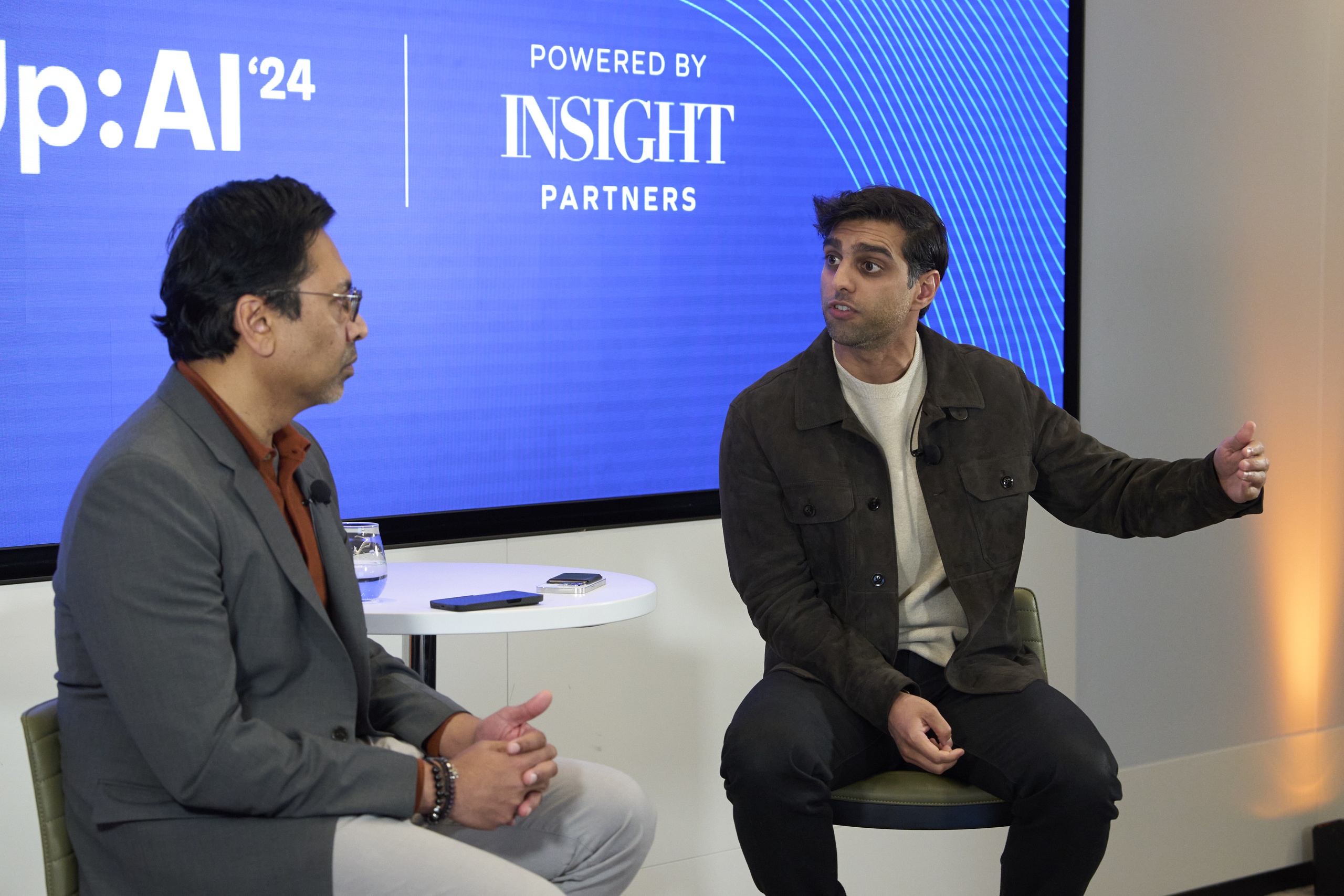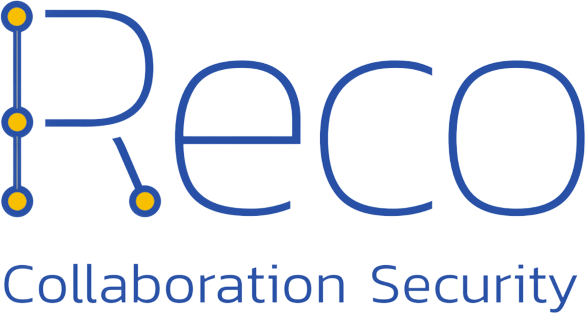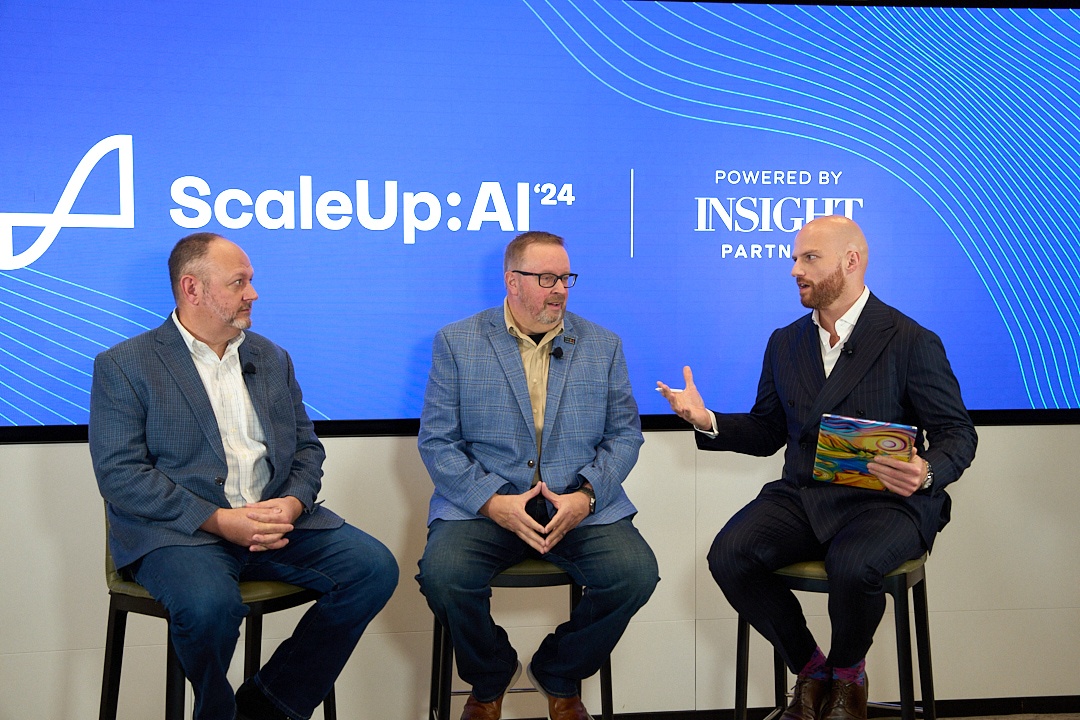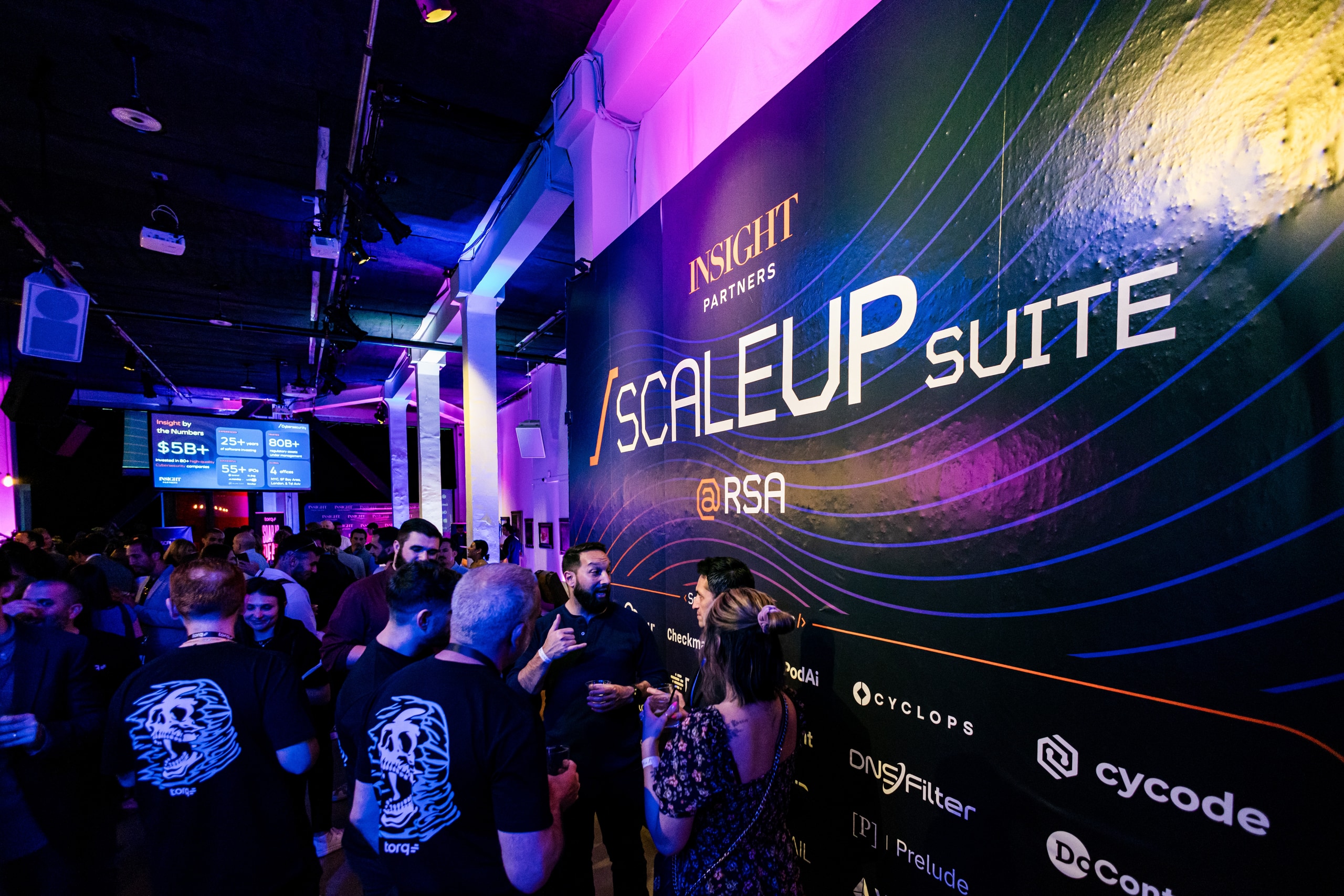The dawn of the system of intelligence: What does business look like after SaaS?

In the age of AI, the rules of business are being rewritten in real time. From how companies engage customers to how employees interact with software, intelligent systems are driving a wave of transformation across every layer of the enterprise.
In this conversation, Managing Director George Mathew sits down with Jasper’s Chief Strategy Officer Suhail Nimji to explore what it really means to build for an AI-native future. They unpack how forward-thinking organizations are reimagining business models, redefining workflows, and laying the foundation for agentic systems that can reason, act, and evolve — bringing us closer to a new enterprise operating model powered by intelligence.
Key takeaways
- AI-native design requires more than LLMs — it demands rethinking workflows and data structures from the ground up.
- Jasper’s vertical-first focus gave it an early advantage in applying AI to the fragmented marketing stack.
- Enterprise automation is shifting from co-pilot to autopilot, reducing redundant tasks and enabling reasoning-based decision loops.
- Legacy SaaS companies face disruption unless they revisit core assumptions and design for intelligence.
- Founders building today should extend, not replicate, working at the edges of existing systems to unlock long-term value.
These insights came from our ScaleUp:AI event in November 2024, an industry-leading global conference that features topics across technologies and industries. Watch the full session below:
A first-principle approach to enterprise AI
When Jasper launched its platform, the team made what many saw as a contrarian bet: rather than build a general-purpose AI assistant, they focused deeply on one domain and reimagined it entirely through the lens of intelligence.
“We are the first AI application company specifically focused around marketing,” said Nimji. “The marketing stack was extremely federated and broken, and there was a net new way of reimagining something that had historically been stagnated.”
Instead of layering AI on top of legacy systems, Jasper took a first-principle approach — examining which marketing tasks could be deconstructed, automated, and rebuilt using the emerging capabilities of large language models (LLMs) and reasoning systems.
“Embrace and extend”: Building on a multi-model future
A core part of Jasper’s thesis was that there wouldn’t be a single dominant LLM. Nimji explained that early on, the team assumed a future where different models would coexist, each excelling at specific tasks.
“We built a system that said OpenAI was not going to be the only game in town,” he said. “We treated these LLMs like service providers — like AWS or GCP.”
This assumption led Jasper to build infrastructure that could intelligently chain together multiple models, integrate enterprise data, and deliver outputs that go beyond text generation. As Nimji described it, the platform was designed to “embrace and extend” the existing ecosystem while adding a new reasoning layer that allowed for more complex, automated workflows.
Moving from creation to thinking systems
At first, AI platforms like Jasper were seen primarily as creative assistants. However, the team quickly began applying their infrastructure to more advanced use cases, such as dynamically generating and optimizing thousands of product descriptions each week for a Fortune 500 retailer.
“What we do for them is create 50,000 SKUs a week,” said Nimji. Jasper can go into a database, figure out what SKUs need to be revamped, create the content, deploy it, and track how it’s performing. “It’s a design principle that allows us to have this regenerative feedback loop that gives you the next best action.”
Copilot to autopilot
Jasper’s evolution reflects a broader shift from copilot tools that assist users to autopilot systems that execute complex tasks independently.
“You had these one-dimensional workflows before that broke down,” Nimji noted. “Now you can actually enter complexities and say, let’s reimagine what the workflow should look like — not just for productivity but for ROI.”
Rather than aiming for fully autonomous enterprises, a future Nimji believes is still years away, the current frontier is removing redundant, low-value tasks. This frees humans to focus on strategic work while the AI handles the rest.
It’s not that humans are going away. “We will always find something to do — and always find the highest task to complete,” Nimji explained.
Multimodality and the shift to services software
As LLMs mature, Jasper is pushing into multi-modal intelligence. In one example, the team helped a global shoe brand reimagine its marketing workflow by generating localized product shots and content based on regional constraints and brand guidelines.
“The product is there, and everything else can be generative,” Nimji said. “We were able to deploy it, track performance, and have an automated sequence that said, ‘This isn’t performing — let’s revise it.’”
Advice for today’s founders: build around the edges
Asked what advice he’d offer new founders entering the AI space, Nimji was direct: Don’t replicate what’s already been done.
“Think twice, cut once. Build around the edges. Embrace and extend,” he said. “Markets that seem small today might be where the puck is going.”
Watch more sessions from ScaleUp:AI, and see scaleup.events for updates on ScaleUp:AI 2025.
*Note: Insight Partners has invested in Jasper.










